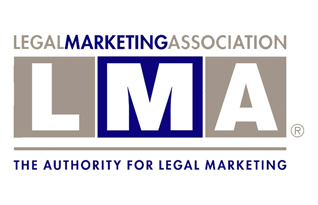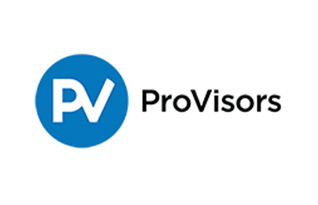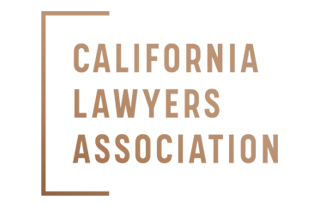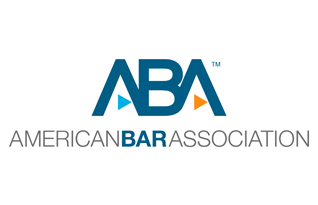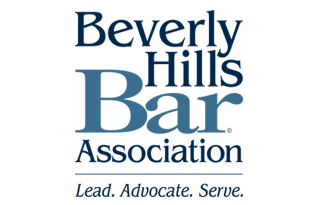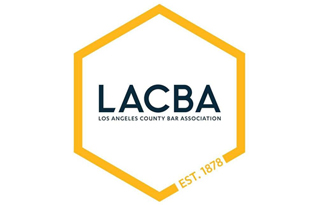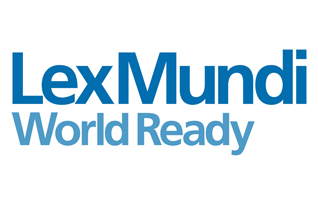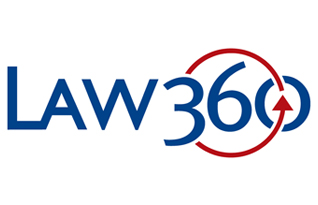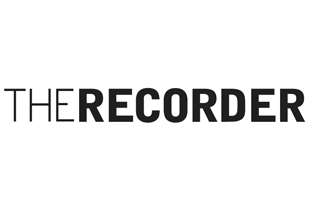While sitting in my office one Friday afternoon, I received a call from an acquaintance, Roger, the head of a prominent banking institution based in Southern California. He had finished up a meeting with another contact in the building and wondered whether he could stop by to catch up.
For close to a year, I had been in the process of setting up a meeting between Roger and one of my partners, Larry, who had a successful film financing practice. Operating in the same business circles, the two of them knew of each other, but had never met. Understanding that business results from professionals who know, like, and trust each other, I thought this was the ideal opportunity for Larry to make a great, first impression with a prospective client.
As soon as I hung up the phone with Roger, I called Larry to see if he could join us for the meeting. He was eager for the opportunity. Since it was a Friday and I figured Larry was dressed casually, I inquired if he had a suit at the office he could change into. He did.
I met Roger in the lobby and escorted him to one of our conference rooms. A few minutes later when Larry joined us, I could not believe my eyes. Larry was in a suit, but one that had been fashioned more than ten years earlier when he was 20 pounds lighter..
Having missed the opportunity to make a positive first impression (at least visually), I was anxious for Larry to engage Roger in conversation in hopes of redeeming his image. Unfortunately, their conversation was flat, consisting mostly of superficial chit chat that didn’t evolve to a level that encouraged business.
Larry’s behavior in the meeting not only impacted his reputation, but also that of the firm. Roger’s impression of the firm–his interaction with Larry–would not likely motivate him to employ the firm.
For years it’s been generally accepted that clients hire lawyers not law firms. This suggests that clients hire attorneys based on their individual traits–charisma, character, track record, area of expertise, personality, etc.
With the business landscape more competitive than ever, professionals need to step up their game. Lawyers and legal administrators should know that they are ambassadors of their firms. If you look dated or unkempt and you’re unprepared to talk business, you’ve done a disservice to yourself and your firm.
Whether you realize it or not, you have a personal brand. It is the sum total of you–your appearance, experience, actions, and relationships. Ensure that your brand is aligned with your firm’s by taking note of the following brand builders.
Appearance. Your appearance needs to visually convey what you know intellectually, which some may consider to be their pedigree. Some attorneys think that as soon as they are able to engage a prospect in conversation, they can affectively convey their expertise and win them over. But this may be difficult to achieve if the prospect is hung up on your looks.
Message. Distill your knowledge and expertise into a single message. How can you add value to the prospect’s business? Keep it simple and concise.
Be relatable. First, your showmanship isn’t going to seal the deal, nor will it nurture an ongoing relationship with a client. Second, all this talk of looking your best and speaking effectively shouldn’t render you lifeless. Infuse your business with your personality. And, third, listen more and speak less. Be more concerned about helping them meet their business objectives than how they are going to help you meet yours.
Client service. Just because a client continues to employ you doesn’t mean they are happy. Perhaps they are unhappy but have yet to find your replacement. Put effort into the maintenance of the relationship. Periodically spend non-billable time with them–lunch out, a call to check-in, or forwarding an industry article that could add value to their business. Remember, your clients may include other professionals within your firm.
Brand management. Regularly monitor the strength of your personal brand by soliciting feedback from clients, referral sources, peers, and support staff. It is best done person to person. Avoid only using surveys as they may fail to capture the essence of what you need to know.
World-renowned businessman and stylist, Vidal Sassoon, understood branding before the term existed. He knew that without satisfied clients, he didn’t have a business. His company’s slogan was, “If you don’t look good, we don’t look good.” The application to legal professionals is this: if you don’t look good, your firm doesn’t look good. Be prepared, put your best foot forward, and get on with work.

Jonathan Fitzgarrald is Managing Partner of Equinox Strategy Partners. For nearly two decades, he has coached and trained service professionals on how to drive revenue and increase market visibility. He can be reached at 424.377.3200 or Email.

